Founded in 1990, Sharpe Products is an ISO 9001:2015 certified company specializing in industrial and commercial pipe and tube bending, laser cutting, end-forming or other custom fabrication services. In addition, we offer a robust line of architectural handrail fittings and accessories such as brackets, connectors, disks, end-caps, flanges, newel caps and spheres.

Here at Zeman Manufacturing Company we offer a number of services and products including: tube bending, tube end forming, tube assembly, tube cutting, hypodermic tube fabrication, tube coiling, tube swaging, lubricating oil cups, metal tube spacers and custom miniature headers. If you have any specialized requests then give one of our representatives a call today! Please visit our website if you...

With 75+ years of experience, H-P Products, Inc. is a leader in precision tube fabrication. We offer CNC bending up to 8" OD, NC bending up to 10" OD, laser tube cutting, welding, and end-forming to support a wide range of industries. From complex geometries to contract manufacturing, customers rely on us for consistent quality and dependable results.
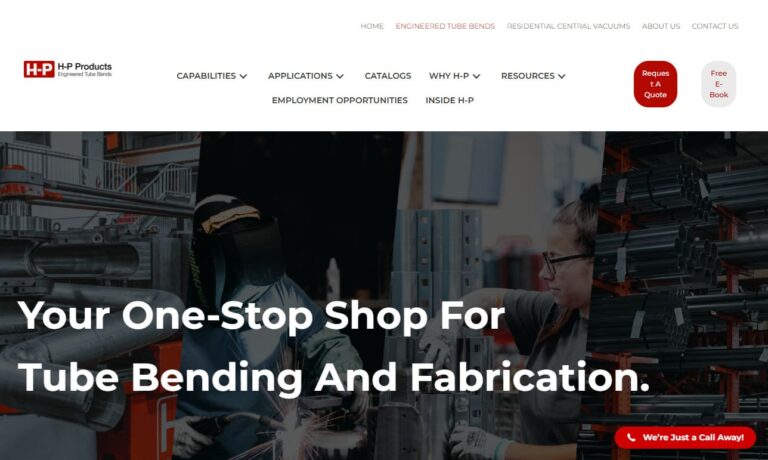
Diemo Machine Works provides precision machining, custom fabrication, welding, laser cutting, and tube bending services. With meticulous attention to detail and commitment to excellence, we deliver high-quality, custom-engineered solutions that meet the diverse needs of our clients across various industries.

At Erin Industries, Inc., we take great pride in our expertise and capabilities in the field of tube fabrication. With a commitment to precision, reliability, and innovation, we continuously strive to elevate the standards of tube fabrication within the industry. Erin Industries, Inc. is your trusted partner for all your tube fabrication needs, delivering products and services that meet and...
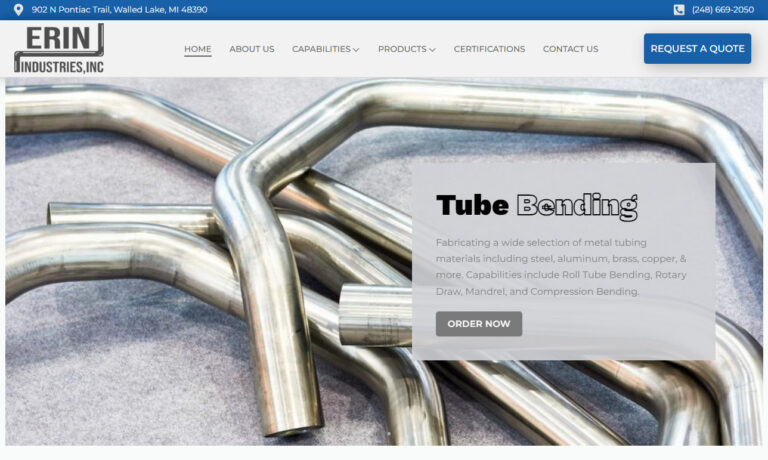
Great Lakes Powder Coating, L.L.C. (GLPC) is a leading provider of comprehensive manufacturing solutions, specializing in CAD design, tube bending, laser cutting, media blasting, welding, powder coating, and pre-treatment services. With a commitment to precision and quality, GLPC excels in delivering custom, high-performance finishes that meet the exacting standards of various industries,...

At Fraser Steel Company, we take pride in delivering precision tube fabrication solutions that meet the highest standards of quality and reliability. We specialize in producing custom metal tubing for a wide range of industries, leveraging our expertise in bending, cutting, and forming to create components that perform under the most demanding conditions.

At TubeCo, Inc., we take pride in our ability to provide comprehensive tube fabrication solutions that meet a diverse range of industry needs. With decades of experience, we excel in crafting high-quality tubes tailored to our clients' precise specifications. Our extensive portfolio includes everything from standard and custom tube designs to complex, precision-engineered components. Our...

More Tube Forming Manufacturers
Tube forming processes are often difficult to separate from tube fabricating processes, since fabrication processes are essentially secondary operations that shape, bend, enlarge and cut tubes.
The different tube forming processes are often intermixed and both can be essential to creating the desired tube. For example, tube rolling is technically a tube forming process because it produces tubular parts through heat curing materials that have been wrapped around a circular mold.
Tube swaging, on the other hand, is technically a form of tube fabricating because it is used to reduce or increase the diameter of tubes rather than change the actual tube formation. However, both of these processes can and often do fall under the heading of tube fabrication. Tube forming processes are essential to many industries, as tubes are used in a wide range of diverse applications.
Some examples include: industrial manufacturing, for parts such as heating elements, hydraulic cylinders and heat exchangers; marine and naval, for masts, telescopes and launcher tubes; architecture and construction, for steel handrails, grab bars and floor flanges; and automotive for fuel lines, exhaust pipes and other power transmission applications.
Although there are numerous tube forming processes, there are two that are considered to be the most common: tube rolling and tube extrusion. As one of the two main processes in which raw materials are used to form a tube, tube rolling involves three main steps: cutting pre-impregnated materials and rolling them around a mold or mandrel; wrapping the mandrel in a sleeve or film to eliminate retained air; and heat-curing, after which the mandrel can be removed from the formed hollow tube. The other main process is through extrusion, which is more complex.
In order to begin extrusion, a round metal billet is pressed by a ram through a die, which is a hollow profile that shapes the metal into a specific extruded shape as the billet is squeezed through. Tube forming often requires high temperatures. Hot extrusion is the process in which the metal is fully plasticized by heat; this is often performed in a vacuum in order to avoid oxidation. The metal can be extruded through the die using two different methods of extrusion: indirect extrusion and direct extrusion.
In direct extrusion, the die is held stationary while the ram pushes the metal billet through the die opening. In indirect extrusion, the die is held stationary as the hollow ram moves into the stationary billet from one end, forcing the metal to flow through the die. After the metal tubing has been extruded, it is straightened by a stretcher into the desired length of tube.



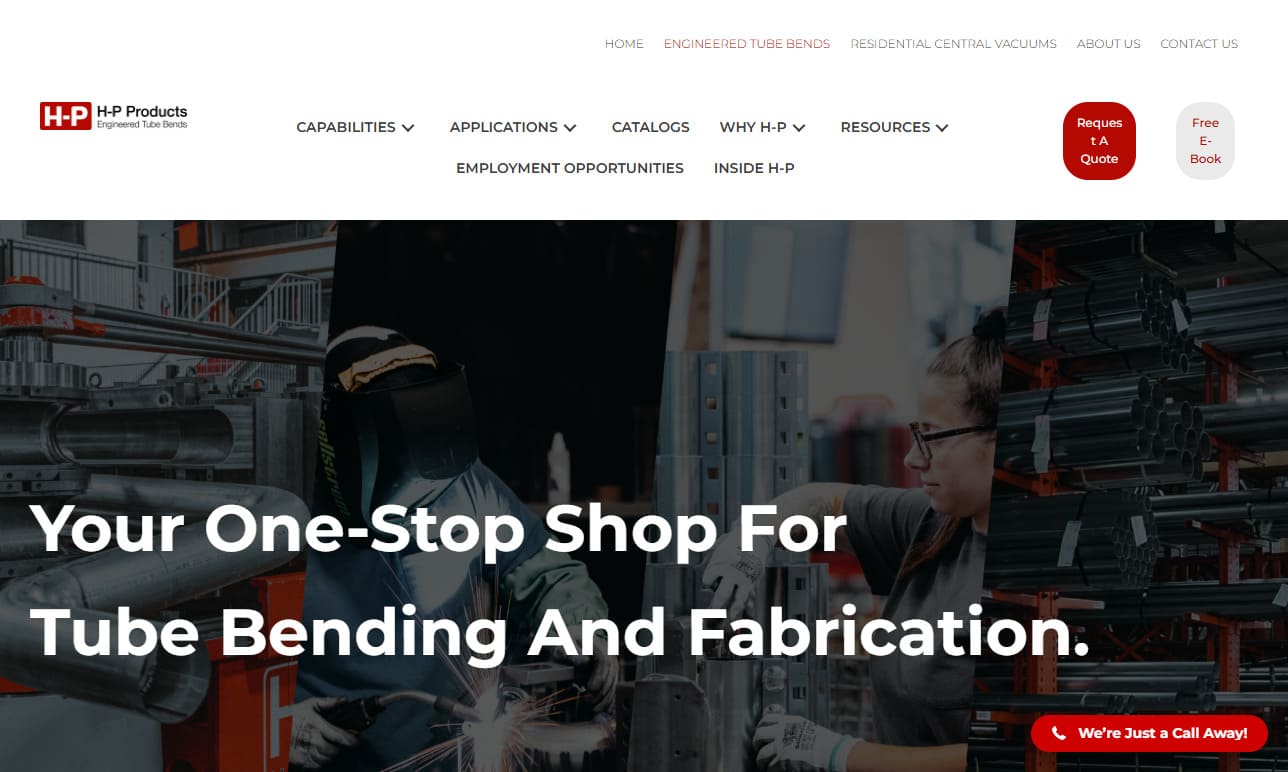






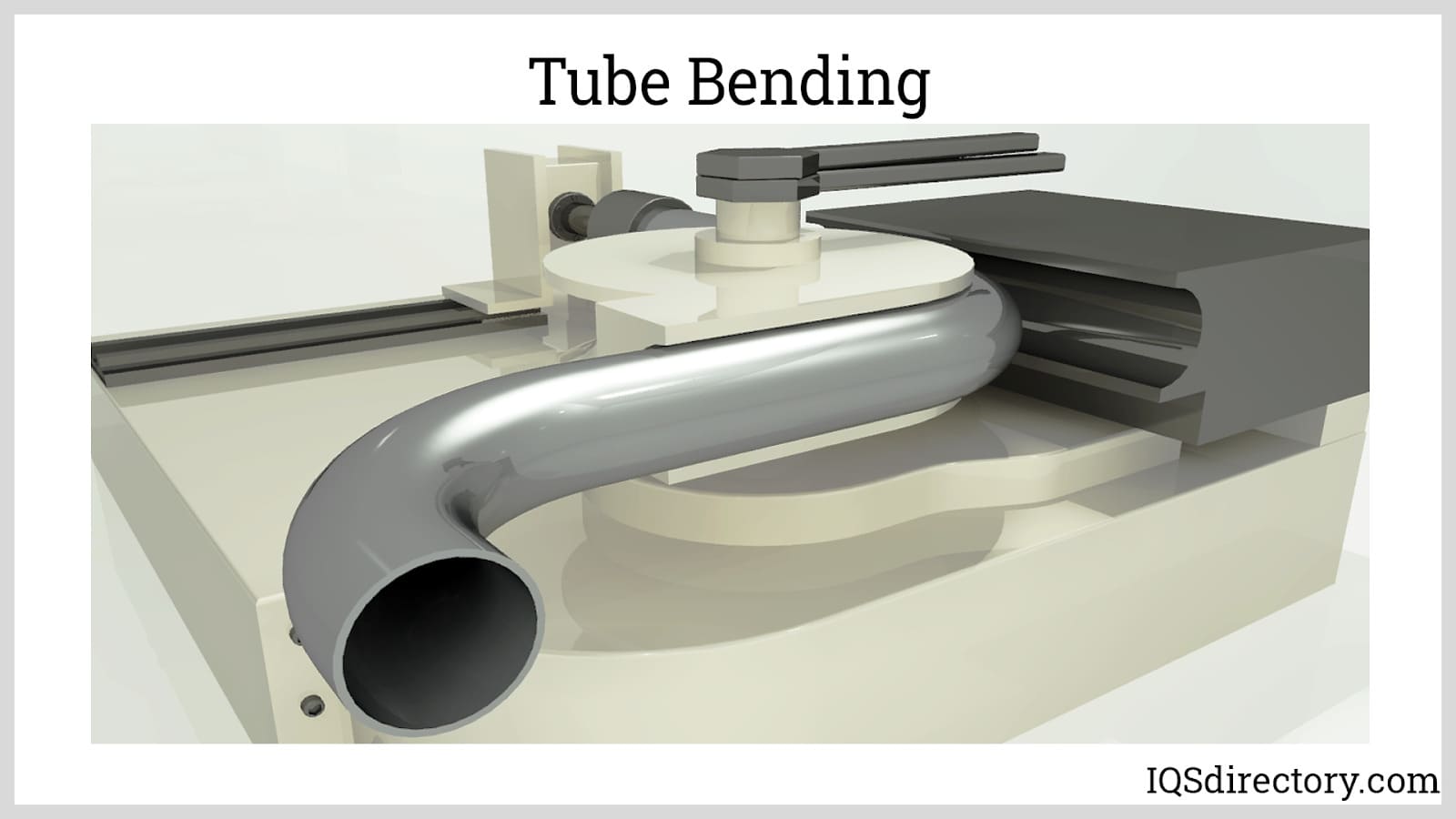
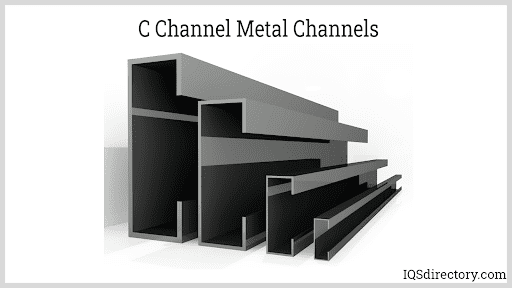
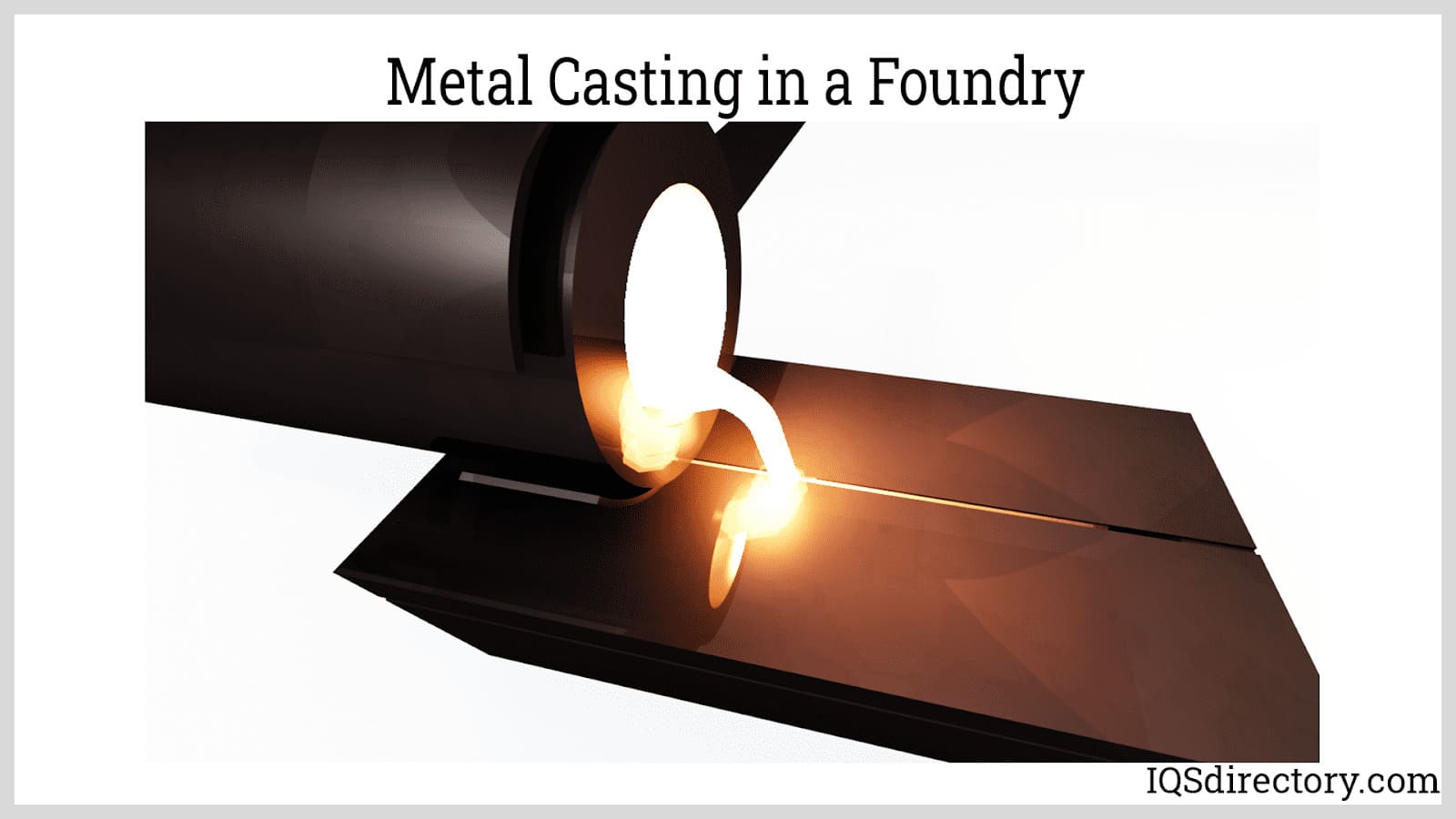
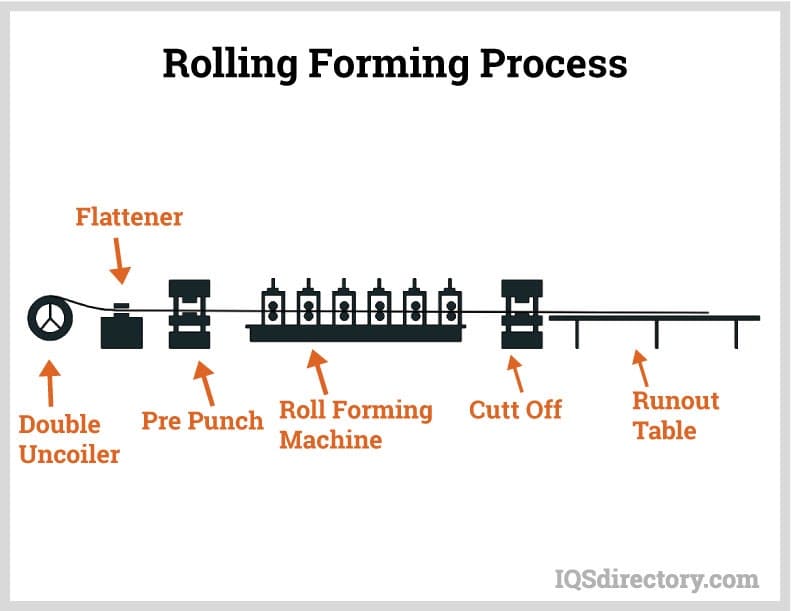
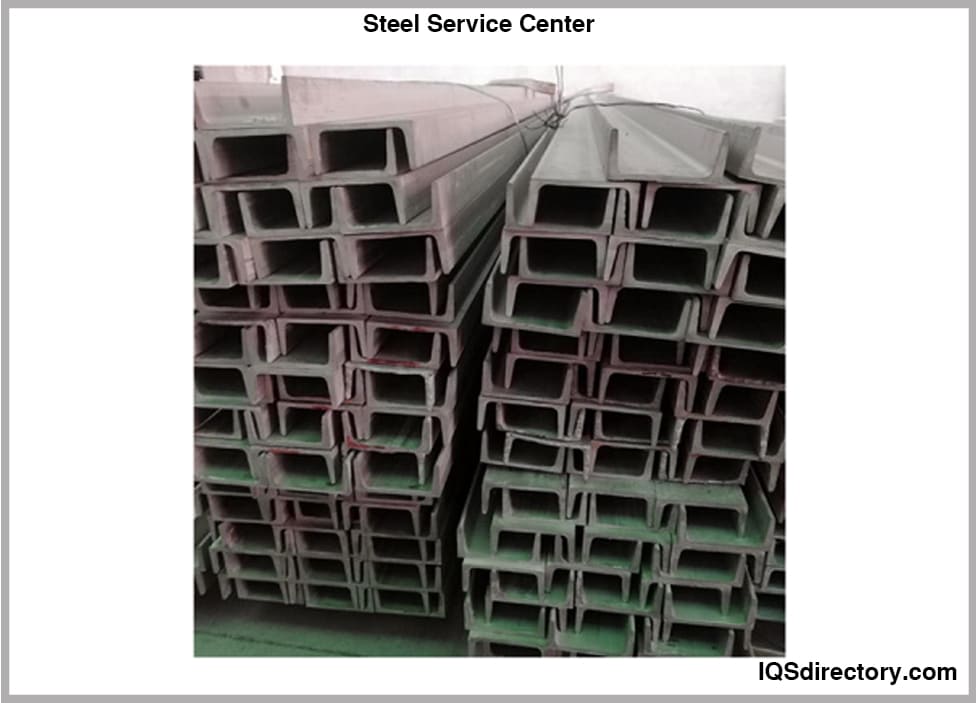
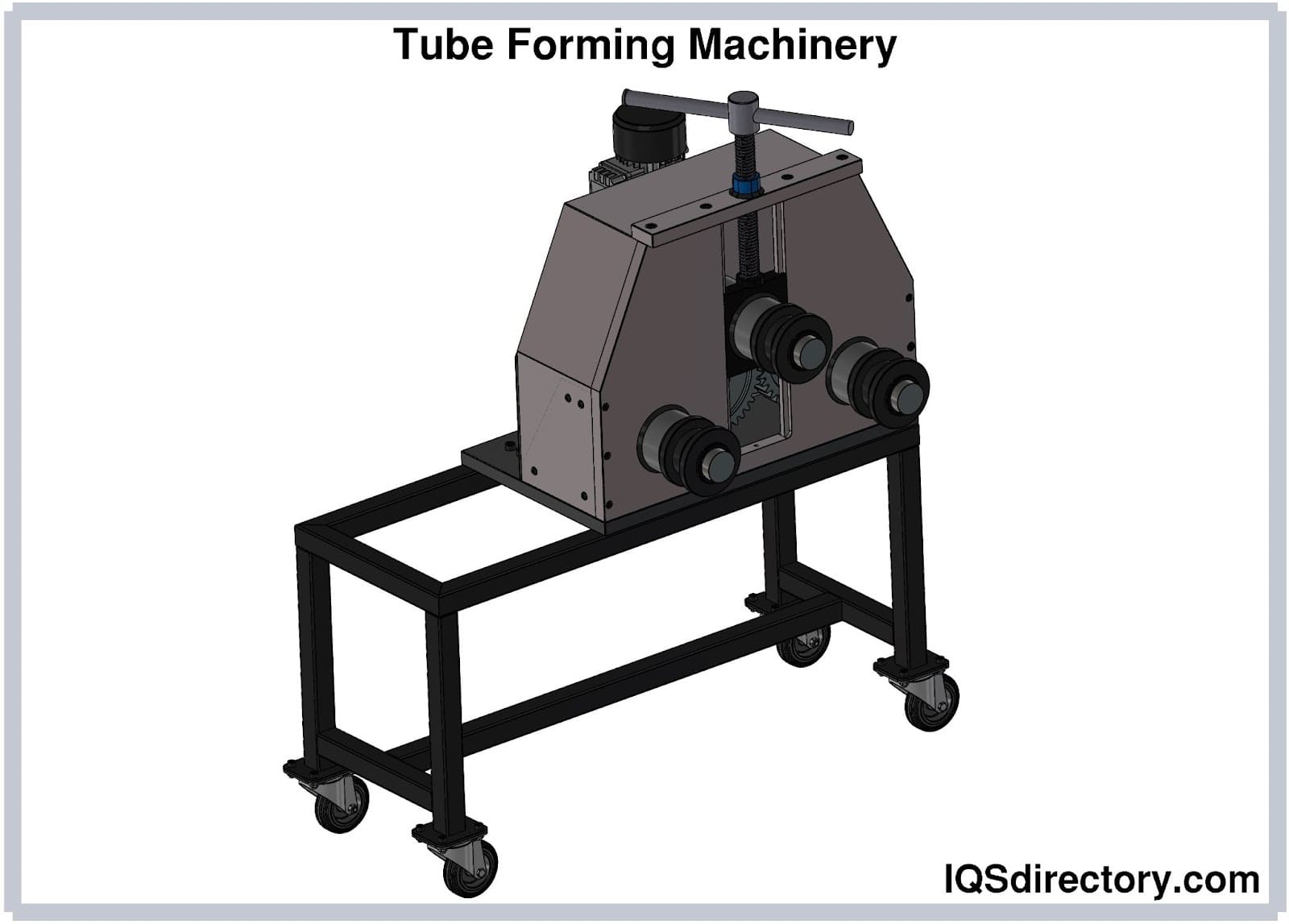
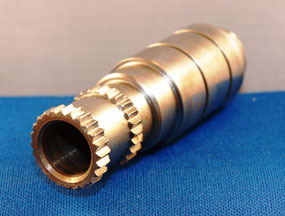 Broaching
Broaching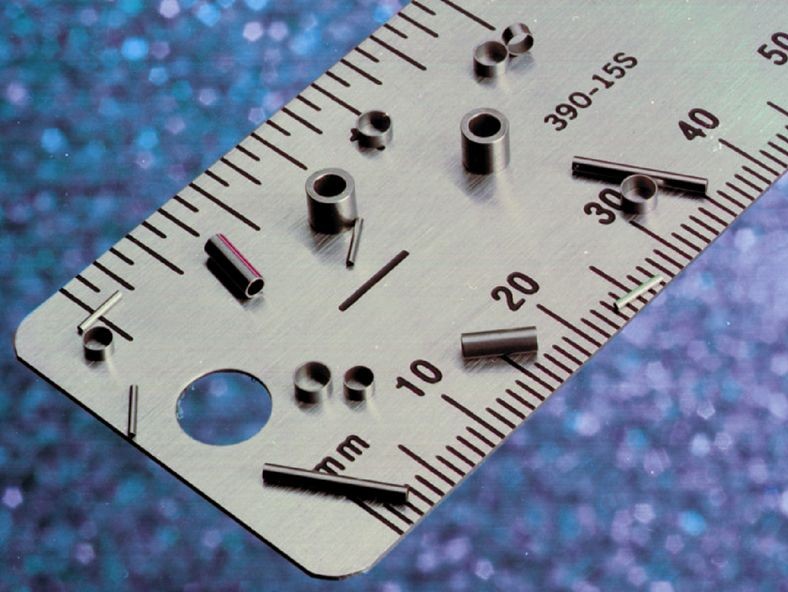 CNC Machining
CNC Machining Expanded Metals
Expanded Metals Laser Cutting
Laser Cutting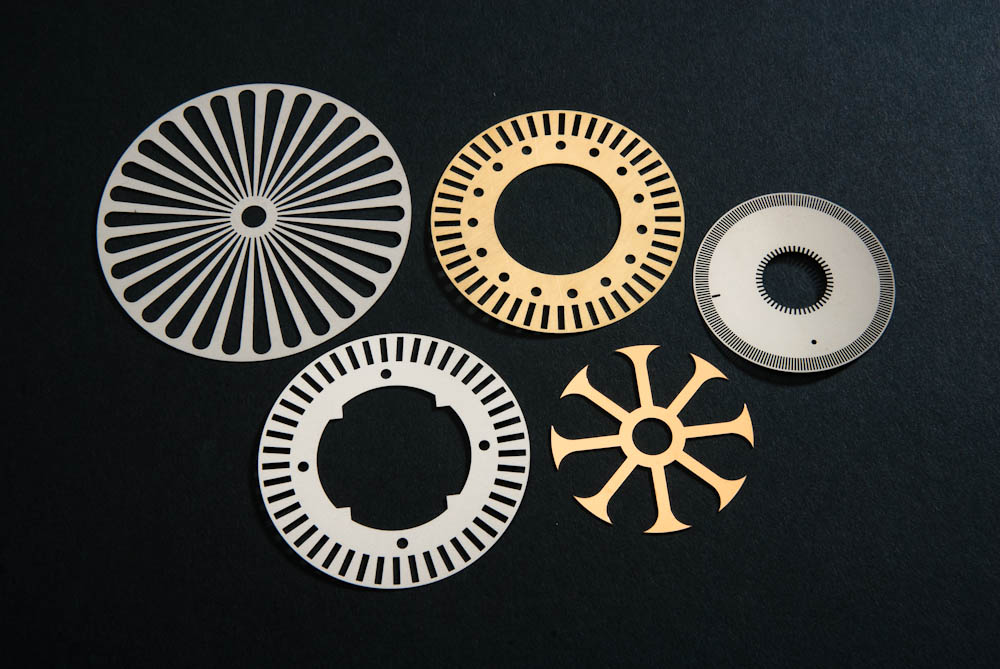 Metal Etching
Metal Etching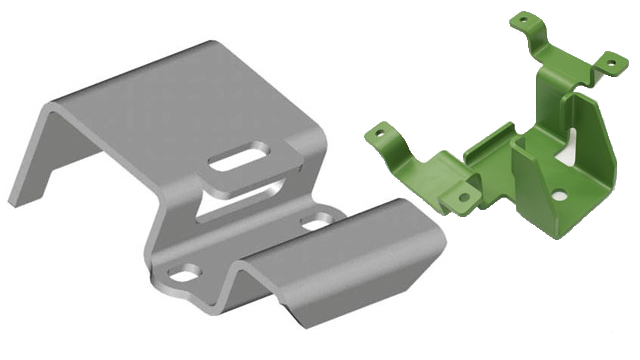 Metal Fabrication
Metal Fabrication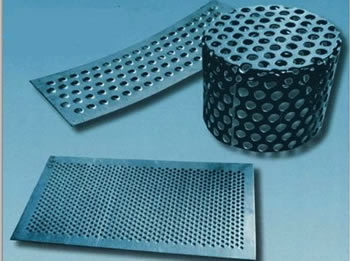 Perforated Metals
Perforated Metals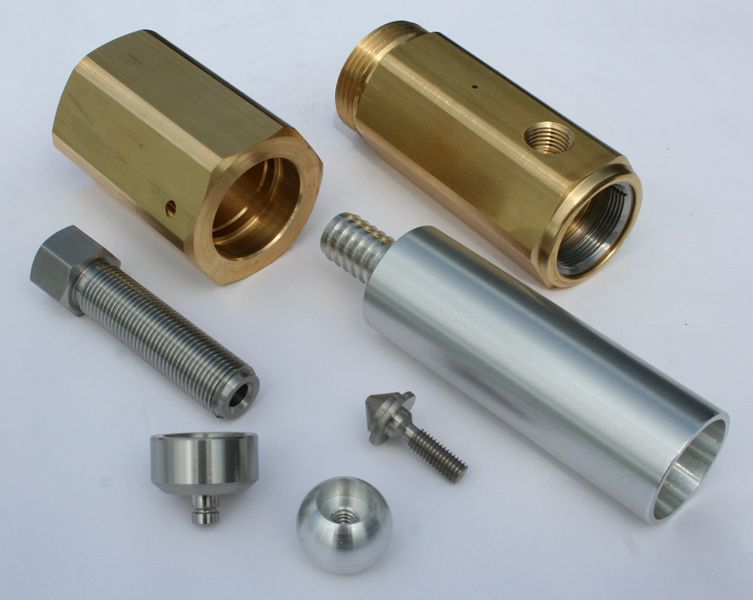 Screw Machine Products
Screw Machine Products Metal Stampings
Metal Stampings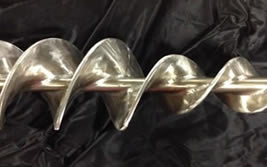 Sheet Metal Fabrication
Sheet Metal Fabrication Tube Fabrication
Tube Fabrication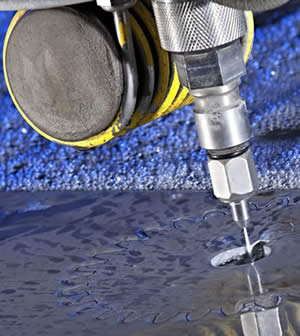 Water Jet Cutting
Water Jet Cutting Castings & Forgings
Castings & Forgings Bulk Material Handling
Bulk Material Handling Electrical & Electronic Components
Electrical & Electronic Components Flow Instrumentation
Flow Instrumentation Hardware
Hardware Material Handling Equipment
Material Handling Equipment Metal Cutting Services
Metal Cutting Services Metal Forming Services
Metal Forming Services Metal Suppliers
Metal Suppliers Motion Control Products
Motion Control Products Plant & Facility Equipment
Plant & Facility Equipment Plant & Facility Supplies
Plant & Facility Supplies Plastic Molding Processes
Plastic Molding Processes Pumps & Valves
Pumps & Valves Recycling Equipment
Recycling Equipment Rubber Products & Services
Rubber Products & Services